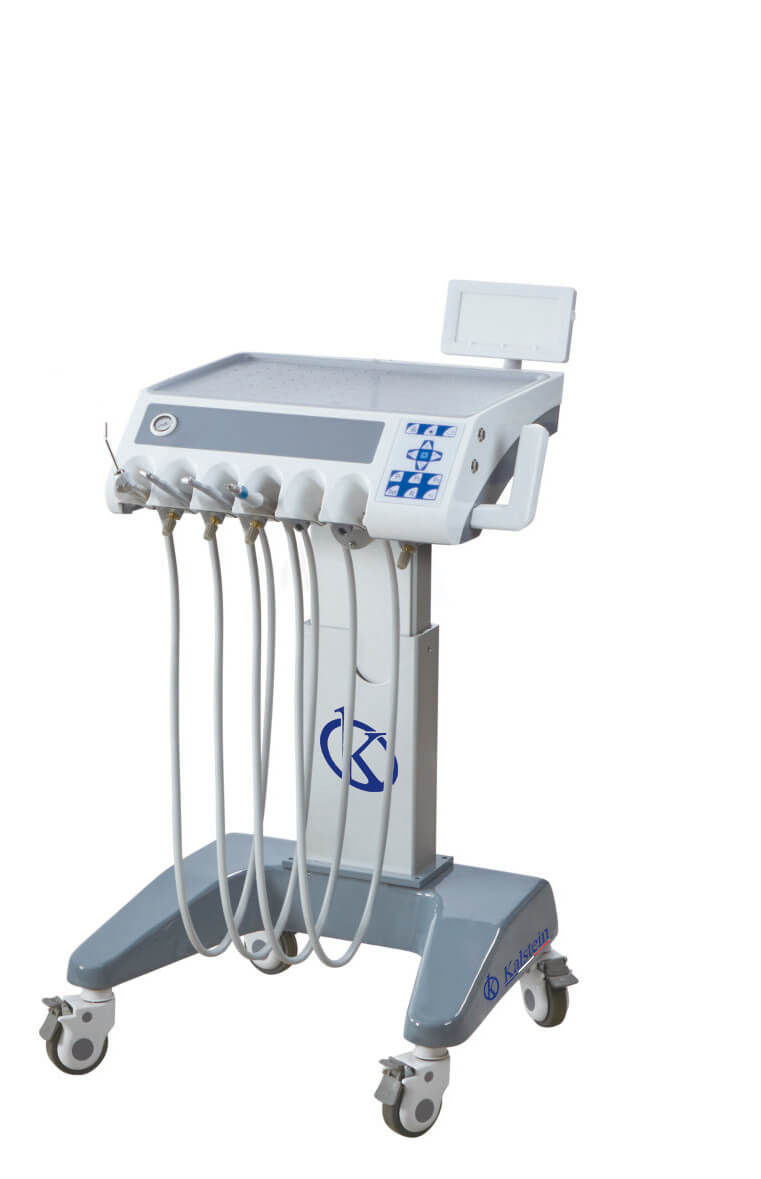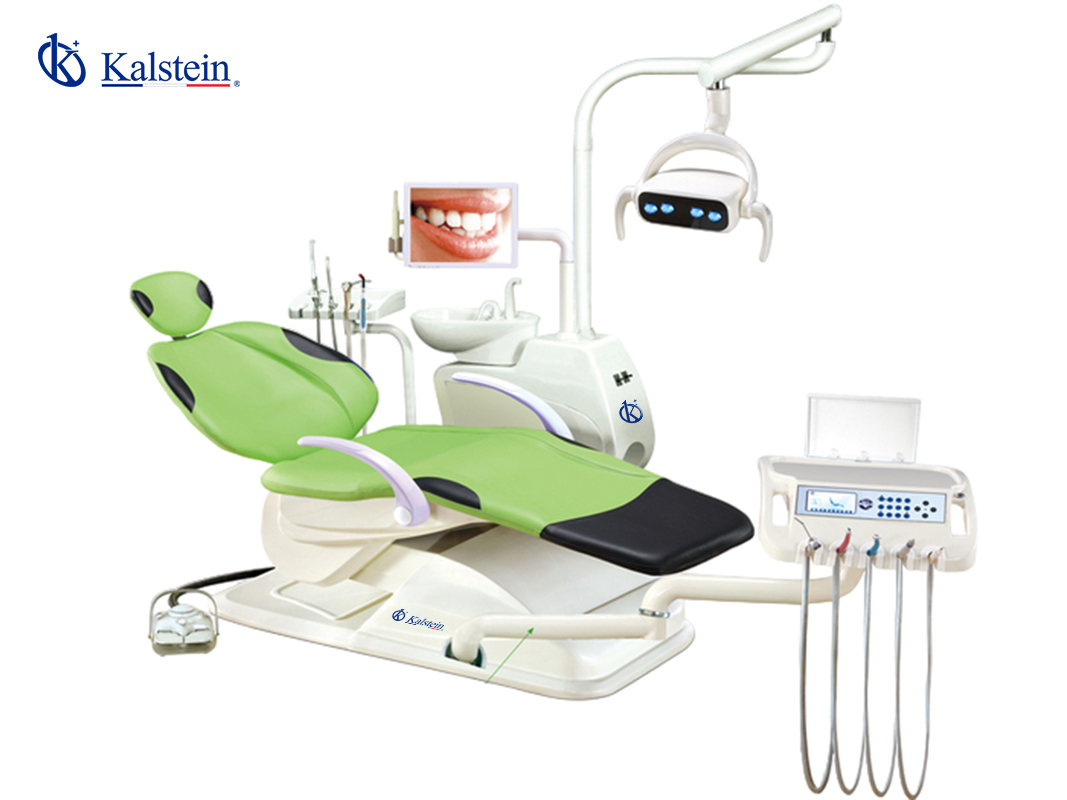A ovens is a widely used instrument in clinical laboratories for drying and sterilizing glass and metal containers. According to the mode of operation, there are typically two types of laboratory ovens : those operating by natural convection and those operating by forced convection.
Laboratory ovens , usually made of stainless steel, which provides great durability, have a microprocessor that allows to maintain a uniform temperature, which can be adjusted digitally. Natural convention ovens are characterized by extracting air from the environment in which the ovens is located. And forced convection ovens , they generate air inside the equipment in a forced way, and this air is at room temperature.
How is a laboratory ovens made?
Modern ovens are devices controlled by a microprocessor module from which it is possible to select the operating parameters of the equipment and its alarms, as well as to program thermal cycles or processes. ovens normally operate from room temperature conditions to 350 °C.
These two types of cameras are common to both internal and external cameras. The external camera is designed by a sheet of steel, coated with a protective film of electrostatic paint. While the inner chamber is made of aluminum or stainless material to provide better heat; it has a set of shelves or shelves made of stainless steel wire, so that the air circulates freely, there are placed the elements that require to be dried or sterilized by dry heat.
How is heat produced inside a laboratory ovens ?
The heat inside a laboratory ovens is produced through a set of electrical resistors, which transfer the thermal energy to the internal chamber. These resistors are located at the bottom of the ovens . Heat inside the internal chamber is transferred and distributed by natural convection or forced convection (ovens with internal fans).
For this purpose, the ovens has a metal door that also provides thermal insulation and is equipped with a handle also made of insulating material, which prevents the heat inside from endangering the operator’s hands. The door is placed on the front of the ovens body, through a set of hinges that allow its opening achieving angles up to 180°.
Importance of the ovens in clinical laboratories
ovens are very important equipment in clinical laboratories because these equipment perform two essential functions in these places such as: drying and sterilizing the glass and metal material used in laboratory determinations.
When testing, testing, or laboratory experiments are done, it is usually necessary to wash, then dry, and sterilize commonly used metal and glass containers. So they place the containers inside the drying ovens . It generates dry heat at a temperature of 180 °C for about two hours, which allows the sterilization of all the material disposed in the drying cavity. This equipment removes any traces of moisture and removes any persistent biological activity on the surface of these materials.
What does Kalstein offer you?
Kalstein is a manufacturer of medical and laboratory equipment of the highest quality and the best technology at the best PRICES in the market, so you can make your PURCHASE confidently with us, knowing that you have the service and advice of a company specialized in the field and committed to provide you with safe, economical and effective options to perform your functions in the right way. HERE
This time we present our Electric Heating Drying ovens YR05244. This innovative equipment with cutting edge technology has the following features:
- Widely used in the drying process, sterilization, thermostatic storage, heat treatment, other fields, basic equipment of laboratory and research units, but not for volatile, flammable, explosive and other items, to avoid causing an explosion.
- Precision LCD microcomputer PID intelligent control system, with temperature control, activation and overheating alarm, with RS485 computer interface.
- With international standard brands, cooling fan maintenance, free, durability. Perfect combination of duct design to ensure uniform temperature for the working chamber.
- Internal stainless steel mirror, anti-acid and anti-corrosive features.
For more information we invite you to take a look HERE




